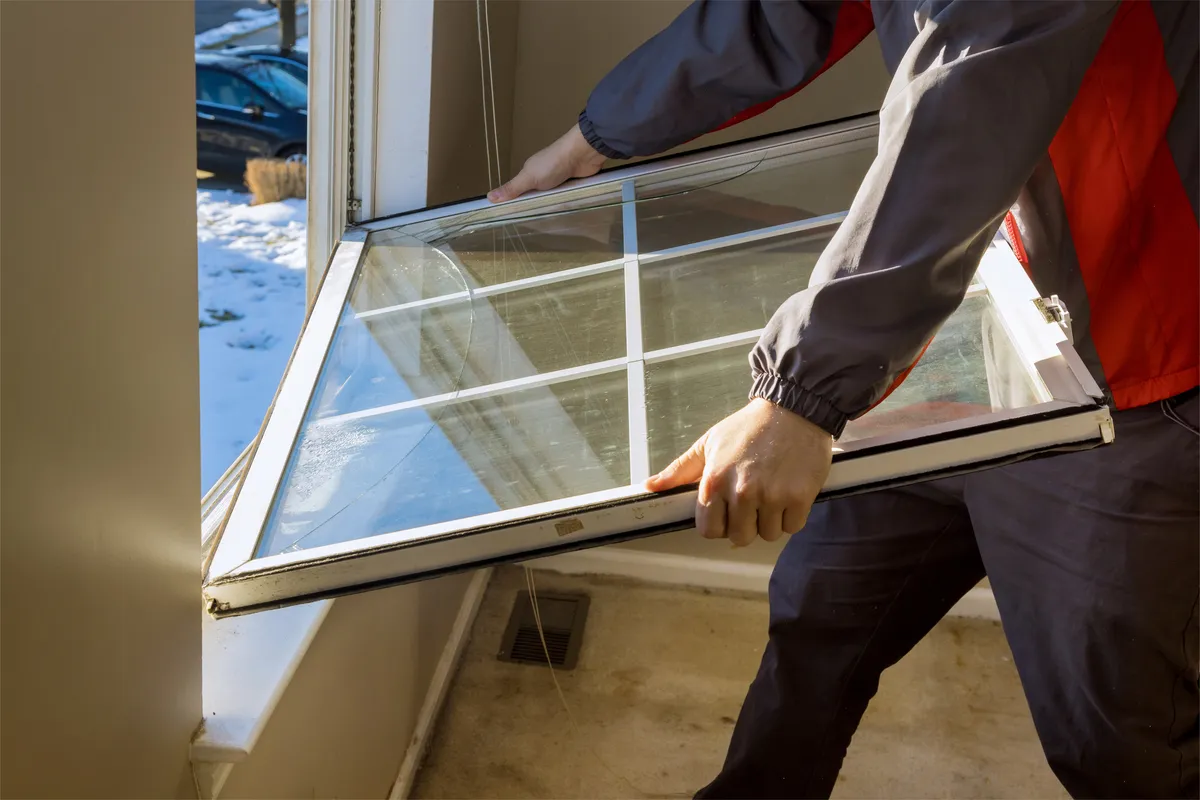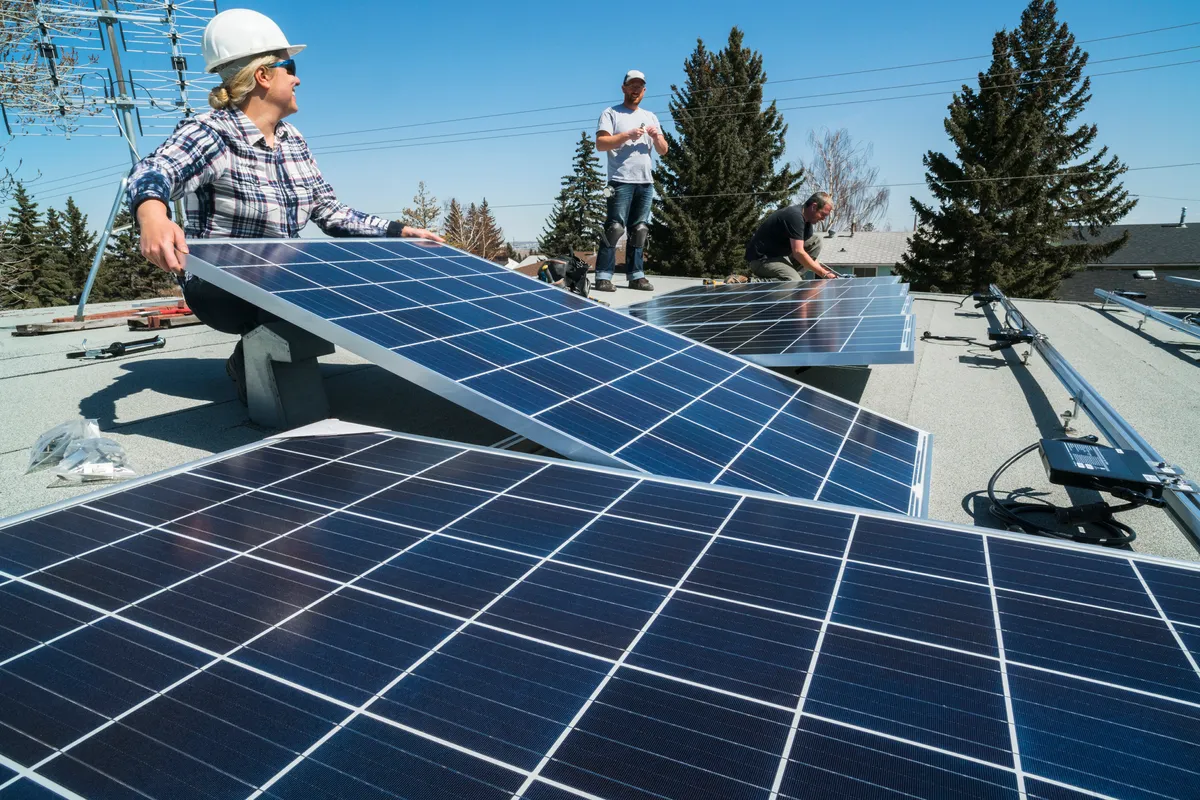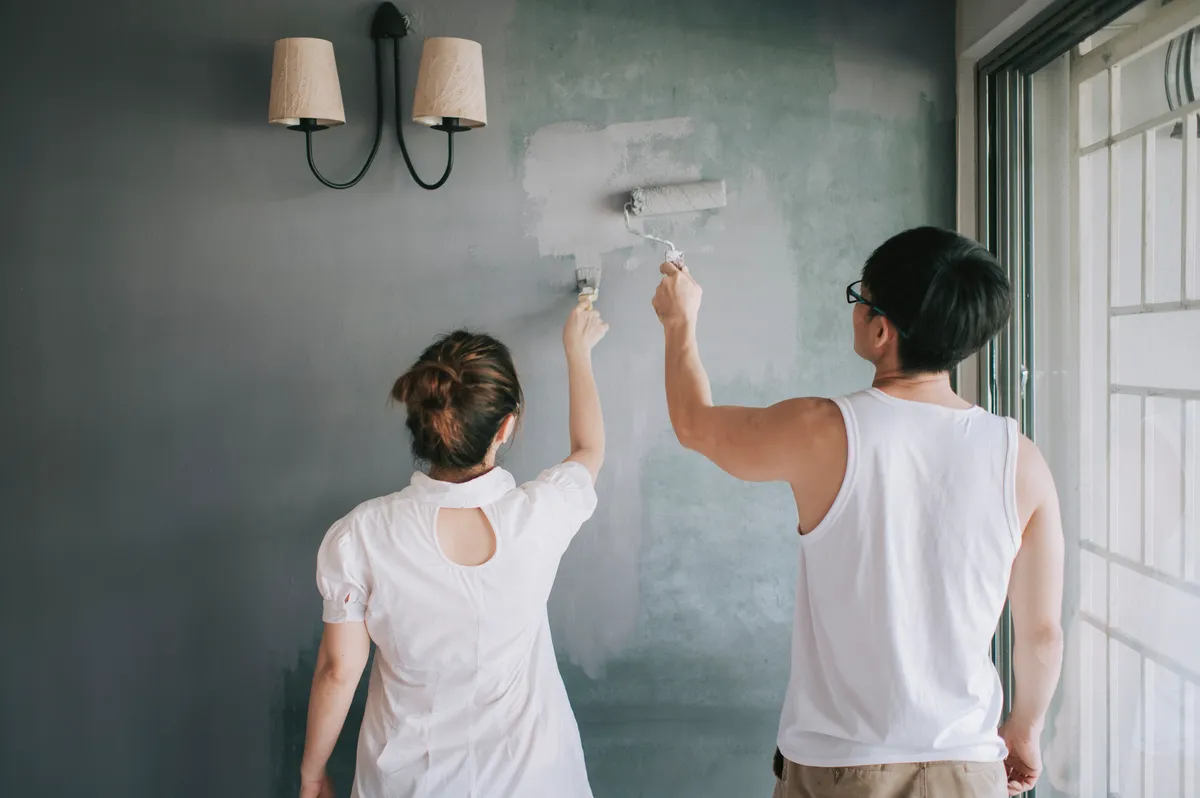If you're renovating a period property in need of an update, or looking to find ways to make your new-build home more sustainable, investigating the options for an eco-friendly build is a must. We spoke to the experts at Compare The Market to discover their top tips.
Sustainable renovation options
Sustainable renovation focuses on using more locally sourced, eco-friendly materials to replace existing ones when renovating, and actively making changes to allow a property to become more environmentally friendly.
In theory, both should be increasingly important for homeowners, as climate-conscious younger generations begin to buy homes, and older generations become more aware of the importance of making sustainable choices. Right now, eco-friendly options are not always immediately the cheapest choice, but they do tend to be worth the investment for both the planet and your wallet after the initial purchase cost.
Let’s take a look at some of the green and eco-friendly renovation options available to homeowners.
Large scale renovations
Insulation

One of the best things you can do for your home is to insulate it correctly. Insulation is important for keeping the temperature right inside your home – both for keeping warm in the winter and cool in the summer. Choosing the material for your new insulation is the perfect chance to make an eco-friendly choice.
- Sheep’s wool is a natural fibre that is fire-retardant and good at moisture control, making it a great choice for insulation. It requires minimal environmental impact to make, and it is also allergen-free. It has a long lifespan and can be composted when it has gone past its best, making it an excellent sustainable option, as it doesn’t need to go to landfill.
- Cotton is also a good choice, as cotton insulation is made from leftover denim that otherwise would have gone to waste, so you’re already using a recycled product. It is a natural insect repellent and is also non-flammable.
- One of the most eco-friendly products available is cork. This panelling is actually carbon negative as the cork forests act as a carbon sink, capturing carbon dioxide from the air. These forests also act as a habitat for many different animals. It’s a natural, renewable and recyclable resource.
Windows

When you’re finished with your insulation, make sure that your windows are well-fitted so that none of your newly contained heat escapes. If you’re looking to go even further, you’ll need double or triple-glazed energy-efficient glass, with sustainably made frames.
There are several eco-friendly options for your frames, and the best choice for your renovation will depend more on your preference and the style of your windows.
- uPVC (unplasticised polyvinyl chloride) windows are recyclable, and don’t need any regular maintenance, making them a great choice. However, they may not be a sympathetic choice for period properties, where wooden frames may better suit the overall aesthetic.
- Wooden frames do require maintenance, but they also absorb CO2 and are made from natural materials. If you’re happy to keep an eye on their condition, they are an eco-friendly option that also allows you to maintain the character of your building. This can be particularly useful in renovating period properties.
- If you prefer a more modern look for your windows, you can opt for metal or composite frames. Composite frames consist of a timber core, which is then covered with a metal coating. This means that you get both the benefits of the timber frame, and the longevity of metal. Additionally, both elements are recyclable.
- You can also opt for Low-E glass, which has a thin layer of metal oxide on the top of one of the layers of standard glass. This aims to reflect the heat back into the room, rather than letting it escape out of the window.
- Placing windows in the areas of your home that are used the most will allow you to utilise as much natural light as possible, rather than needing to turn on the lights in the day.
It’s worth investing in these eco-friendly options, and not just for the planet. Windows are rated from A to G on the Window Energy Rating scale. Energy Saving Trust states that if you had A++ rated windows, you could reduce your carbon footprint by a total of 405kg, and save around £115 per year, when compared with single glazing.
More renovation ideas

Heating
Once you’ve insulated your house, the next thing to do is to take a look at how you’re heating it. Making sure that you have an energy-efficient heating system is the first step.
- Heat pumps are a new, green way of heating that uses thermal energy. They are more efficient, safer and cleaner than gas boilers, and don’t use fossil fuels, meaning that they are much better for the environment. Combine this with a smart thermostat and split your home into zones for the ultimate eco-option.
- The Government has also recently announced that they are aiming to make heat pumps the same price as gas boilers to encourage people to make the switch. They will also be offering grants from April 2022, so make sure you look at what's available to you.
- You could also consider installing underfloor heating. This is an eco-friendly alternative to traditional radiators, because it means that the whole floor effectively becomes one large radiator. Whilst at first glance this may not sound energy-efficient, it means that it can maintain a more constant temperature, so you use less energy than if you were regularly turning the thermostat up.
Solar panels

Solar panels are one of the most eco-friendly changes that you can make to your home, as they harness energy from the sun. With enough panels, you can power your home completely, and even store energy using batteries for when you need it, or sell it back to the grid, so it’s never wasted.
Houses that run entirely off external elements are known as passive homes, and they’re a trend that can also help with keeping running costs low, by working with nature, rather than against it. If you’re looking to create a passive home from scratch, then make sure to look at the way the building is positioned, in order to best utilise the space.
You shouldn’t need planning permission for solar panels, although it is always best to check. You will, however, need to register them with your Distribution Network Operator.
Garden design

Moving away from the design of the building of your home, a garden can be a good opportunity to make some eco-friendly changes. Planting a lawn can require a lot of water to keep it looking lush, and regular cutting, which does not support wildlife, and contributes to emissions via your lawnmower.
Instead, try creating an eco-friendly garden. Make sure to use native plants – plants that are originally from the local climate – and wildflower beds in order to restore the ecosystem. Choosing these over far-flung species also helps encourage wildlife and restore some of their natural habitats. They can also help reduce erosion, as their roots are suited to the soil, and so hold it in place.
If you have your heart set on a lawn, look for a seed mix that contains drought-resistant grasses. These will offer a slightly wilder look than a perfectly manicured lawn, but they require much less maintenance and water.
Smaller renovations
Sourcing materials
Eco-friendly renovations don’t all have to be large projects. One of the best things you can do when updating your property is to take care with where you are getting your materials from, and make choices that will last well into the future.
Using recycled or reclaimed materials, like pallet wood, is good for reducing your overall product consumption and can often be cheaper, too. You can even source second-hand sinks, baths, and even full kitchen suites online, so get hunting as early as possible to create your dream home!
When you’re having any internal building work done, make sure to discuss deconstructing with your builders rather than demolishing. By having this conversation before they start work, you can ask them to be careful with how they take out any existing materials, as then you can potentially reuse some of these in a new way.
Decoration

When decorating your rooms, opt for companies that offer Forest Stewardship Council (FSC) Certified wallpaper. This means that the materials are from well-managed forests or are recycled, which is more environmentally sustainable.
If you prefer paint, look at eco-friendly, natural paints. These do not contain Volatile Organic Compounds (VOCs) which contribute to global warming, or ingredients that harm the planet to obtain.
Eco-friendly electrical appliances
When you’re fitting out your updated home with new appliances, make sure that you do your research first. Choosing energy-efficient appliances can both benefit the planet and reduce your energy bills, especially if you consider that your fridge and freezer will be running for 365 days per year.
When purchasing your new products, take a look at the sustainability credentials of the company that produces them, as well as the energy efficiency rating of the item. The ratings run from A to G, with A being the most efficient. You may see some older items have an A+++ to G-rating, but this has been replaced with the new system to make it easier for consumers to make informed decisions.
Water-saving devices
If you’re replacing your bathroom fixtures and fittings, you have the chance to save water. By choosing a low-flow showerhead, you can reduce the amount of water that you use for showering at the source, rather than just trying to have a quick wash.
There are two options for a low-flow shower head: aerated, or non-aerated. Aerated heads work by combining the water with room temperature air, so the water that comes out in the shower is similar to rain, rather than a jet. The non-aerated option uses a restrictor to allow less water through, and also pushes it through small holes, so that the water comes out under higher pressure.
You should also look to replace your toilet with a low-flow version, which uses less water to flush. Dual-button toilets are fairly common now, apart from in older-style homes, making this an easy eco-swap.
For more eco renovation tips, check out Compare The Market's full guide here
